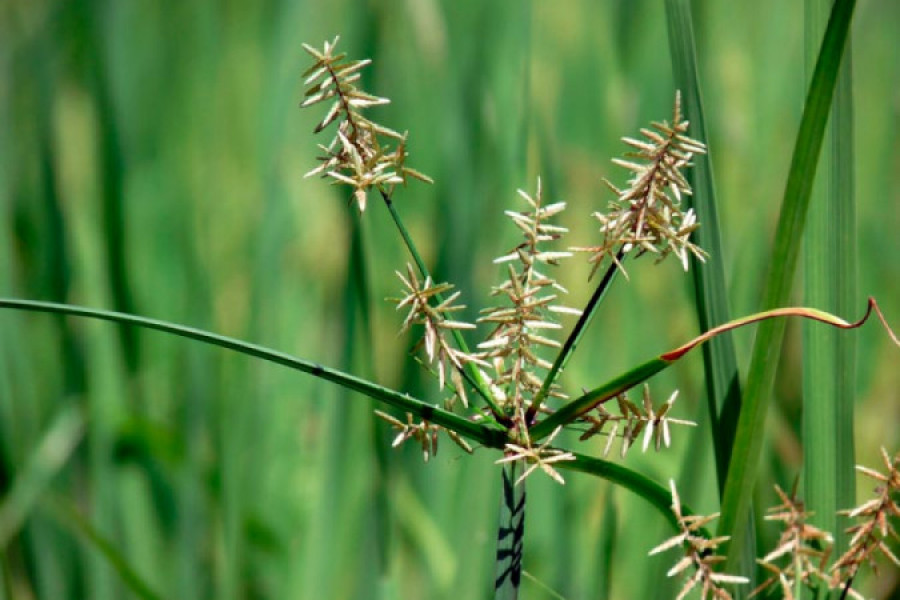There are more than 300 species of medicinal herbs in the world, 5 species in Turkmenistan. Nut grass is a perennial herbaceous family with a height of 20-40 centimeters. The plant is also commonly known as topalak, dill and sunflower. Nut grass is a thin-skinned, multi-rooted tuberous plant. The leaves are gray, flat, on short petioles. The inflorescence is shaped like an umbrella. This is one of the plants that loves warmth and light. The medicinal plant usually blooms in the first half of April. Also, round succulent reproduces vegetatively through seeds. In the growth phase of a plant, about 10,000 seeds are also capable of producing 100 tubers. It grows in large quantities on irrigated lands in all regions of the country. It is very rare in the Dashoguz region. Sufficient supply for medicinal purposes. Round saty tubers also serve medicinal purposes. The plant should be dug up with a shovel and the sand around its roots should be scraped off. Then, as they pass through the fine iron mesh, tubers and stems remain. Finished raw materials should be stored in a paper bag. Contains vegetable starch, tuber and root starch, alkaloids, polyphenolic compounds, up to 1% camphor fragrance, cyperones, up to 45% alcohol. In the East, including in Turkmen folk medicine, a medicine made from tubers is used as an infusion as a diuretic. In some cases, it is given to children as a sleeping pill and pain reliever. In addition, this solution is used in the treatment of kidney and liver diseases, as well as in the treatment of various wounds. A round spoon of nut grass should be thrown into a 1-liter bucket and inhaled well. The finished tincture should be passed through gauze and taken half a glass 3 times a day before meals. It is used during breastfeeding, as a diuretic and hypnotic for children.




